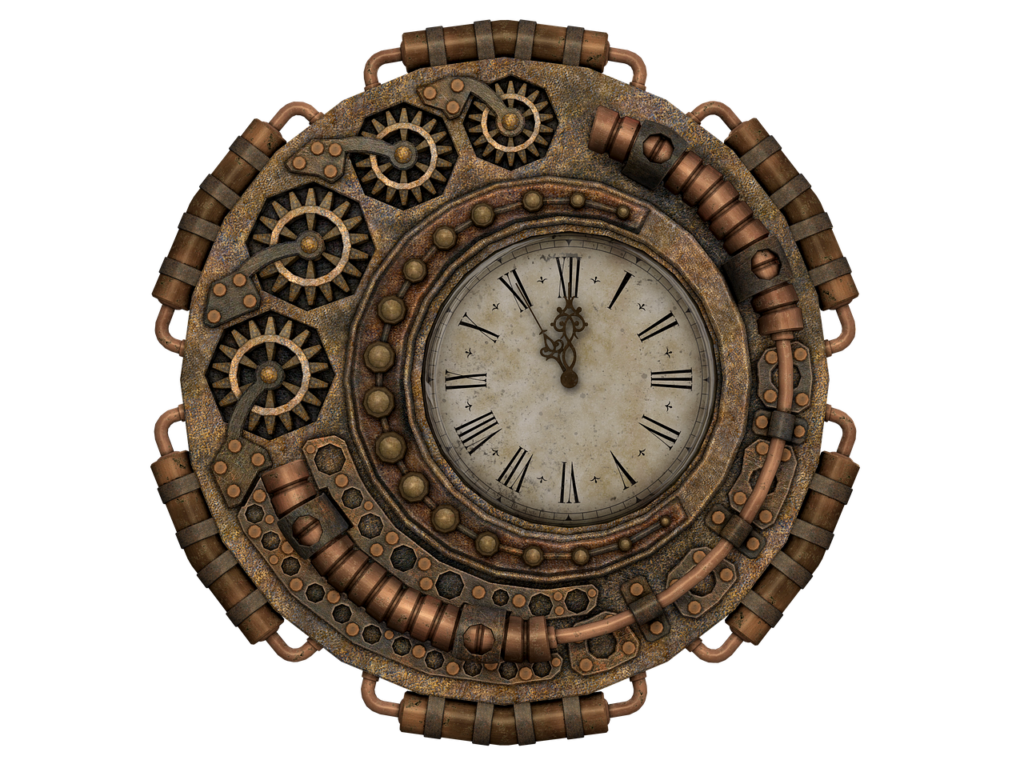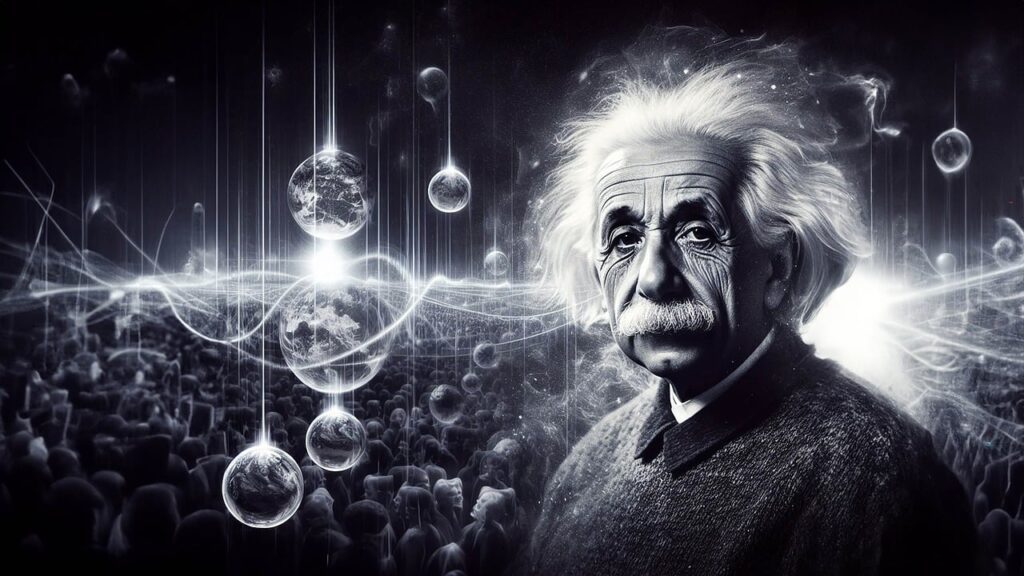Time measurement is essential for sciences. As part of the foundation of measurements in mechanics. We can measure how long events last and how quickly a system is changing by using time, a continuous, non-spatial quantity. A component of the SI (International System of Units), the second unit of time serves as the foundation for measuring a variety of physical phenomena.
1.Definition and SI Unit of Time
Continuous flow of life is known as time, and it is measured in regular intervals known as seconds, or “s.” Astronomical observations of the Earth’s rotation served as the initial basis for the second. But as technology developed, it became essential to reinterpret the second for increased accuracy. Second is now described in terms of cesium atom vibrations.
According to the conventional SI definition, a second is defined as 9,192,631,770 cycles of radiation that correspond to the change between two hyperfine levels of the cesium-133 atom’s ground state. The accuracy and consistency of time measurement are guaranteed by this atomic definition.

2. Methods of Measuring Time
From antiquated devices like sundials to contemporary atomic clocks, there are numerous ways to measure time. Every technique has increased time measurement accuracy, yielding more precise and trustworthy findings.
Sundials and Water Clocks: In the past, time was measured by the sun’s position or the flow of water. Water clocks measure time by monitoring the movement of water from one container to another, whereas sundials use the sun’s location in the sky to cast a shadow on a specified surface.
Pendulum Clocks: A significant improvement in timekeeping precision was made in the 17th century when Christiaan Huygens created the pendulum clock. Harmonic oscillation is the basis for how a pendulum clock works. Clock gear motion is regulated by the pendulum’s steady swing, offering a dependable way to measure time intervals.
Quartz Clocks: The 20th century saw the rise in popularity of quartz clocks. Electrical stimulation causes quartz crystals to oscillate at a specific frequency. Quartz clocks are extremely accurate because of this frequency, which controls the clock.

Atomic Clocks: Atomic clocks are the most accurate timepieces. To maintain precise time, they measure the oscillations of atoms, often rubidium or cesium. Because atomic clocks are extremely accurate, they only lose a second or so every few million years. International time standards are based on these clocks, which are also essential for scientific research and GPS technology.
3. Importance of Accurate Time Measurement
From scientific investigations to navigation, correct time measurement is vital in many domains. For example, the Global Positioning System (GPS) uses accurate timing to pinpoint locations on Earth. GPS receivers can exactly determine distances based on signal travel time because satellites orbiting the earth are equipped with atomic clocks that properly synchronise time.
Accuracy of outcomes in physics experiments is directly impacted by the time measurement’s accuracy. For example, extremely precise clocks are needed for astronomical observations or particle physics experiments in order to account for minute variations in time.
4. Time Measurement and Relativity
Albert Einstein’s theory of relativity also has an impact on how time is measured. The idea states that time is a relative quantity that can change depending on gravitational fields and an observer’s speed. Time dilation is the term used to describe this idea.

At normal speeds and on Earth’s surface, the effect is negligible; however, at high speeds or in areas with strong gravitational fields, such those close to a black hole, it becomes noticeable.
Table for the ratio of the largest and the shortest time intervals.
Events | Time intervals (s) |
Life-span of most unstable particle | 10-24 |
Time required for light to cross a nuclear distance | 10-22 |
Period of X-rays | 10-19 |
Period of atomic vibrations | 10-15 |
Period of light wave | 10-15 |
Life time of an excited state of an atom | 10-8 |
Period of radio wave | 10-6 |
Period of sound wave | 10-3 |
Wink of eye | 10-1 |
Time between successive human heart beats | 100 |
Travel time for light from moon to the Earth | 100 |
Travel time for light from Sun to the Earth | 102 |
Time period of satellite | 104 |
Rotation period of the Earth | 105 |
Rotation and revolution period of the moon | 106 |
Revolution period of the Earth | 107 |
Travel time of light from nearest star | 108 |
Average human life-span | 109 |
Age of Egyptian pyramids | 1011 |
Time since dinosaurs become extinct | 1015 |
Age of the universe | 1017 |
Time measurement in physics refers to quantifying intervals between events or changes in a system’s state. This measurement helps us understand the duration, sequence, and dynamics of various phenomena, essential for scientific studies and daily activities.
Accurate time measurement is crucial for scientific research, technological development, navigation, communication, and daily activities. Precision in time allows for synchronized operations, improved safety, and enhanced understanding of natural processes.
The International System of Units (SI) defines the second (s) as the standard unit of time. Other units include minutes, hours, days, years, and milliseconds, commonly used depending on the required precision and context.
Since 1967, one second is defined by the vibrations of cesium-133 atoms in an atomic clock. Specifically, one second is the duration of 9,192,631,770 cycles of the microwave radiation needed to transition between two energy levels in a cesium-133 atom.
Common time-measuring devices include clocks, watches, stopwatches, sundials, hourglasses, and atomic clocks. Atomic clocks are the most accurate, while mechanical and digital clocks are widely used for everyday purposes.
An atomic clock is a highly accurate timekeeping device that uses the vibrations of atoms (often cesium or rubidium) to measure time. The atom’s vibrations or oscillations, which are consistent, act as a precise frequency standard to define the length of one second.
Universal Coordinated Time (UTC) is the primary time standard by which the world regulates clocks and time. It combines atomic time with astronomical time, accounting for the Earth’s irregular rotation, and serves as the global basis for local time zones.